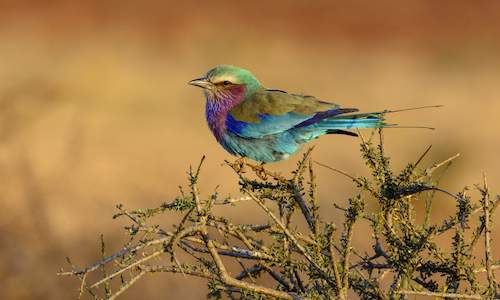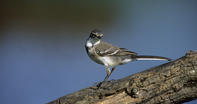
Cape Wagtail
Name
Cape Wagtail (Motacilla capensis)
Family
Motacillidae
Length
18 cm
Appearance
The adult Cape wagtail has grey-brown feathers, a dark band across the chest and white outer tail-feathers. There is no white on the secondary feathers. The immature wagtail has a brown head and back with brown underparts and white tipped wing-coverts.
Cape Wagtail Call
A clear, ringing ‘tseee-chee-chee’ call and a whistled trilling song.
Diet
The Cape wagtail’s diet consists mainly of insects but it has been recorded eating fiddler crabs, sandhoppers, snails, ticks, tadpoles and even small fish.
Cape Wagtail Breeding
The female lay 2-4 dull yellowish eggs. These are more or less indistinctly finely speckled with brown. Up to 5-7 eggs in one clutch have been recorded. Incubation takes 13-14 days and is done by both parents.
Cape Wagtail Habitat
Cape wagtails can usually be found near freshwater or coastal lagoons but has also adapted to city parks and gardens of South Africa.
Cape Wagtail Status
In South Africa, it is a common resident in the Western Cape.
Where they are found
The Cape wagtail is found from Kenya and the eastern Congo southwards to the Western Cape.

SouthAfrica.co.za provides informative, educational content on many South African bird species that orthologists and bird-watchers would enj...
more
 SouthAfrica.co.za provides informative, educational content on many South African bird species that orthologists and bird-watchers would enj...
SouthAfrica.co.za provides informative, educational content on many South African bird species that orthologists and bird-watchers would enj...